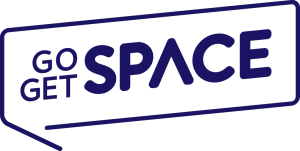There are few better metrics to measure your website’s performance with than the bounce rate. In essence, the bounce rate refers to the number of users that are directed to your site who click away after viewing one page. And while bounce rate goals will vary with every site, there is no doubt that having a high bounce rate is signal that your website needs a serious redesign.
Here are 7 clever ways to fix a high bounce rate on your website.
Table of Contents
Choose the Right Theme
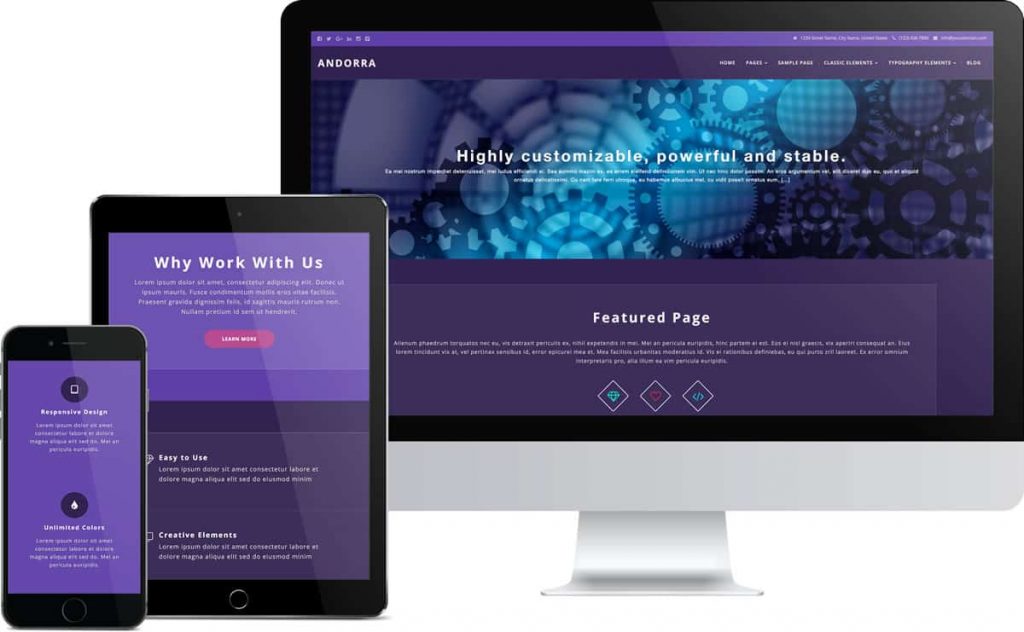
One factor that will have a significant effect on the bounce rate of a website is the theme that is being used. There are countless themes available on a variety of platforms, but only responsive ones will be conducive to decreasing the bounce rate.
For instance, there are tons of wonderful themes available on Shopify that have been optimized to ensure that users will be satisfied with their experience, and this can help in reducing bounce rates.
Limit the Number of Ads
A sure way to turn off users is by having an overabundance of advertisements, including popups. Not only do ads take a lot of time to load, and this is especially true for those that use images or videos, but they can also be a distraction from the content on your website. A HubSpot study found that 57% of people dislike online video advertising that appears before the content loads.
After all, the last thing the user wants is to be bombarded with dozens of ads, as this will most likely cause them to visit a different site, rather than staying on the page.
Optimize Page Load Time
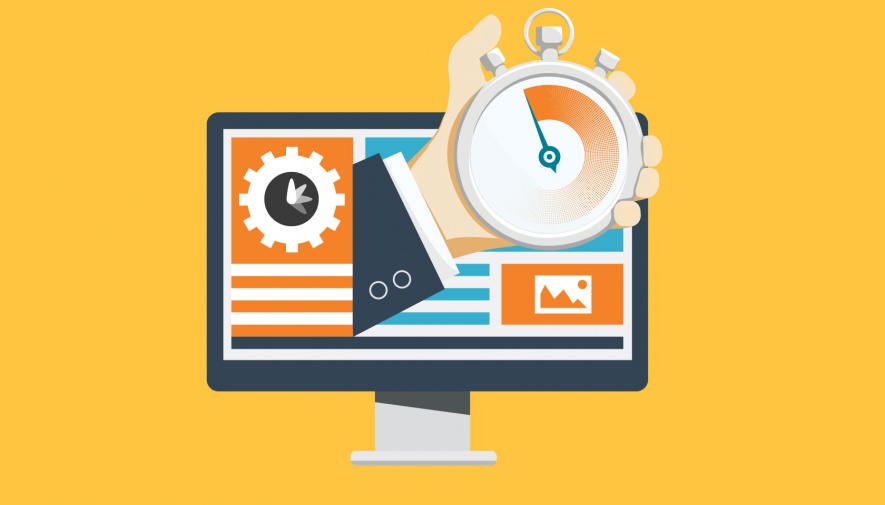
There is nothing more frustrating than having to wait for a page to load, and in fact, page load time is one of the foremost factors in the bounce rate of a website, with 47% of consumers expecting a webpage to load in 2 seconds or less. It is for this reason that optimizing page load time is a must…
There are a number of free tools online that will measure the speed of your site to determine if it is loading fast enough so that users are not turned off. Check out Pingdom, if you are interested in finding out the load speed of your website.
Some of the factors that can lead to slow load times are outdated code and the use of too many images.
Content Readability
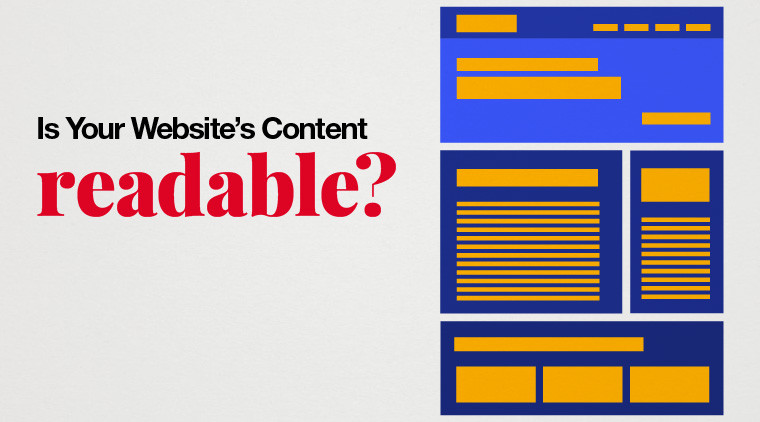
If you have ever visited a website that is loaded with text, then you are probably aware of the feeling of disarray that this can cause. When a user visits a site that feels overwhelming, there is a good chance that they will immediately click away and instead search for an alternative.
To ensure that users enjoy their experience, make sure to format the content so that it is easy to read. For example, a site such as MightySkins uses a well-designed theme and the product descriptions that aren’t in dense paragraphs.
This usually means adding the correct spacing between paragraphs and using subheadings to separate different sections. Your goal should be to create an amazing user experience for your visitors.
Make Sure Content is Relevant
In a world that is constantly evolving, it can be difficult to stay up-to-date with current topics, but this is a must when you own a website. When users are searching for information, they are going to be looking for the most relevant data that they can find, and if the content on your website is outdated this can lead to a high bounce rate.
The best way to ensure that users have access to the information that they are seeking is to continually monitor changes within the industry on which the site is based, and update posts according to these changes.
Use a Call-to-Action
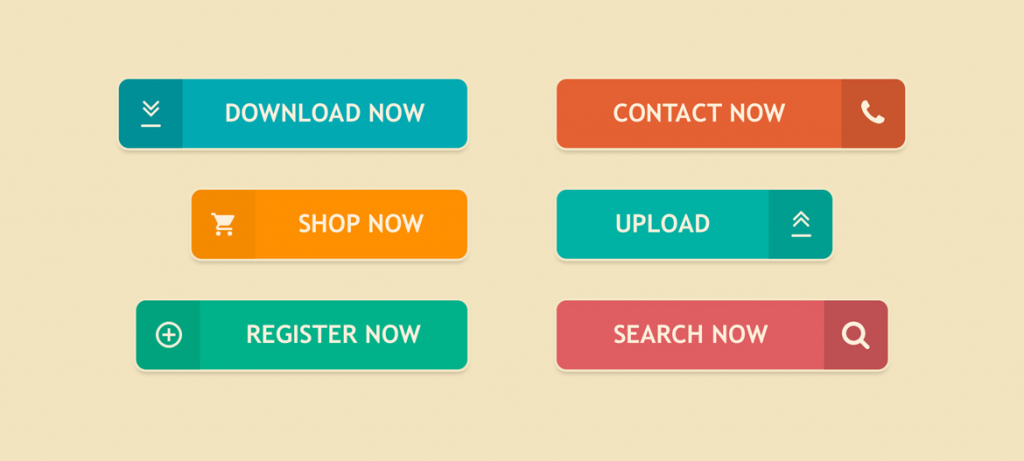
There is perhaps no better way to increase the conversion rate of your site than by utilizing a call-to-action section, and this is true in regard to the bounce rate as well. A call-to-action is a section on a website that uses strategically formatted language to help entice users to seek out additional information or to make a purchase.
For example, a call-to-action may say something like “If you would like to know more about our product, click here!” With language like this, there is an increased chance that the user will click the section, and thus be directed to another page within the website. In turn, this extra action that takes place is going to significantly decrease the bounce rate.
Open External Links in New Tabs
If you are familiar with SEO practices, then you may already know that link building is a powerful way to help get a website ranked higher in the search engines, and because of this many sites use linking techniques within their content. And while there is nothing wrong with linking to external pages, they need to open up in a new a tab, as this can take away from the user’s experience.
The primary problem with opening up links in the same tab is that the user will have to keep clicking the back button This is time consuming and annoying. To ensure that users do not prematurely click away from your site, download a plugin for your website that automatically sets all links to open in a new tab or window.
In Summary
As it has been shown, a high bounce rate can be detrimental to the performance of a website, and therefore, steps need to be taken to ensure that users enjoy their browsing experience. There are many ways to fix a high bounce rate and one of the most important is making sure that you use a well-formatted theme that has been optimized for fast page load speeds. In addition, it is best to limit the number of advertisements on the site as this can be overwhelming for the user.
Furthermore, if you would like to keep visitors on your page, try adding a call-to-action section where they can click to get additional information about the products or services that are being offered. Lastly, always remember to limit the number of links within the content of the page so that visitors do not get distracted when they are trying to read through the text. By keeping these clever tips in mind, there is no doubt that you will be able to fix the high bounce rate on your website.
